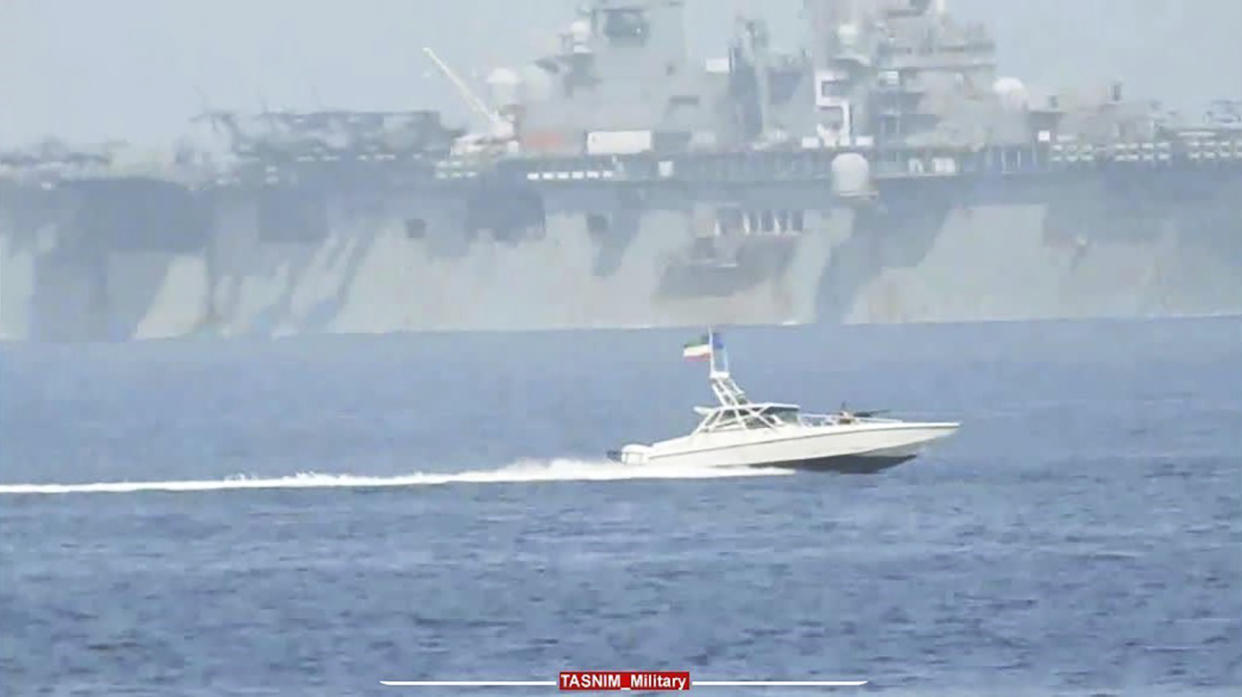Oil prices fall on signs Hamas-Israel conflict unlikely to broaden, hotter than expected PPI
Crude futures fell more than 2% following a hotter-than-expected Producer Price Index inflation print and signs that a conflict between Israel and Hamas may not extend to other countries, namely Iran.
West Texas Intermediate (CL=F) was trading just above $84 per barrel by mid-session on Wednesday. Brent International (BZ=F) hovered above $86 per barrel.
A New York Times report on Wednesday morning said US intelligence shows Iranian leaders were surprised by the Hamas attack in Israel, implying further sanctions from the West against Tehran or targeting the Islamic country is unlikely.
Oil surged more than 4% on Monday following a surprise attack on Israel by the Palestinian Islamist group Hamas, fueling worries of broader conflict breaking out in the Middle East region.
Prices stabilized by Tuesday as no apparent signs had surfaced that Iran, a longtime ally of Hamas, was behind the attacks.
If the fighting is contained between Israel and Hamas, supplies probably won't be disturbed, according to Wall Street analysts.
"While uncertainty is high, war in Israel is unlikely to disrupt oil supplies," Natasha Kaneva, head of the global commodities strategy team at JPMorgan, wrote in a note to clients on Tuesday.
"There has been no immediate impact on current global oil production, but [what] the market notes is that supply could be disrupted if the US were strictly to enforce restrictions on Iranian oil exports or if disruptions spread to the Strait of Hormuz," said the note.
Approximately 17 million to 18 million barrels per day of crude oil and refined products move through the Strait of Hormuz, which borders Iran.
"The closure of the Strait would result in a $20 to $30 per barrel increase in the price of oil," Andy Lipow of Lipow Oil Associates said in a note to clients earlier this week.
He notes Iran currently exports about 2 million barrels per day of crude, and most of it is going to China.
"If Iran simply stopped exporting oil, I think the loss of 2 million barrels per day on the oil market would increase prices $10 to $14 per barrel," he said. "If missiles were flying and destroyed Iranian oil facilities, the increase would be much higher as the market would think the next step is the closure of the Strait of Hormuz."

Oil prices are also lower amid a hotter-than-anticipated Producer Price Index released on Wednesday morning. The latest reading shows wholesale prices rose by more than forecast in September, showing inflation is still sticky. Higher prices signal the Federal Reserve is likely to keep rates higher for longer in its effort to tame inflation and slow down the economy. Oil demand would fall amid a recession or slowdown.
Crude has pulled back from its 2023 highs in September after WTI rose above $94 per barrel and Brent hovered above $96 per barrel.
Oil rallied an average of 28% last quarter as OPEC+ output cuts and further supply restraints from Saudi Arabia and Russia created a deficit in the market.
Ines Ferre is a senior business reporter for Yahoo Finance. Follow her on Twitter at @ines_ferre.
Click here for the latest economic news and indicators to help inform your investing decisions.
Read the latest financial and business news from Yahoo Finance
